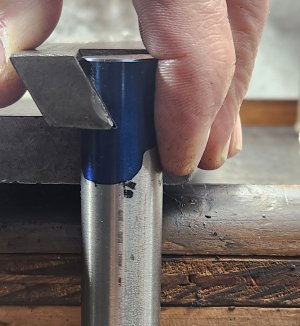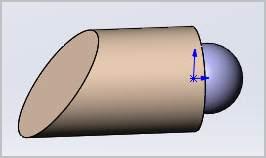You'll have to go read post #9-#14 of this thread.
OK, I have read those posts slowly and very carefully.
Although your hand drawing seems to be missing the Gib,
@RobinHood 's hand drawing shows it.
I "BELIEVE" I understand now.
I can't really criticize the shoe because my lathe doesn't even have that! Just a grub screw that presses against the gib. A shoe would be 10x better.
Since the gib and shoe or even just the screw don't change position unless the gib is adjusted, I don't think the overall repetition of using the same spot has a big impact on wear on the gib from the shoe or the screw - the screw being far worse.
In hind sight, perhaps a simple pressure shoe is better than a
cammed shoe - less wear.
My lathe has no shoe at all.
If I were to add one, I would add a pocket for an internal shoe and use a front threaded hole to allow the screw to tighten the shoe. Mostly because my existing screw is online with the gib, not above it.
I think a sliding shoe is overkill and not necessary.
If I do this, it will be while I install a DRO on the lathe.







